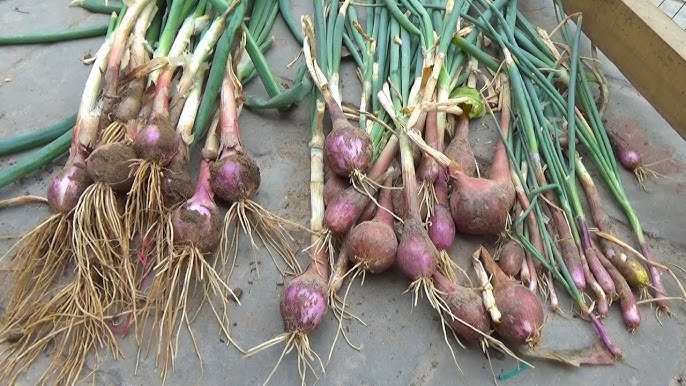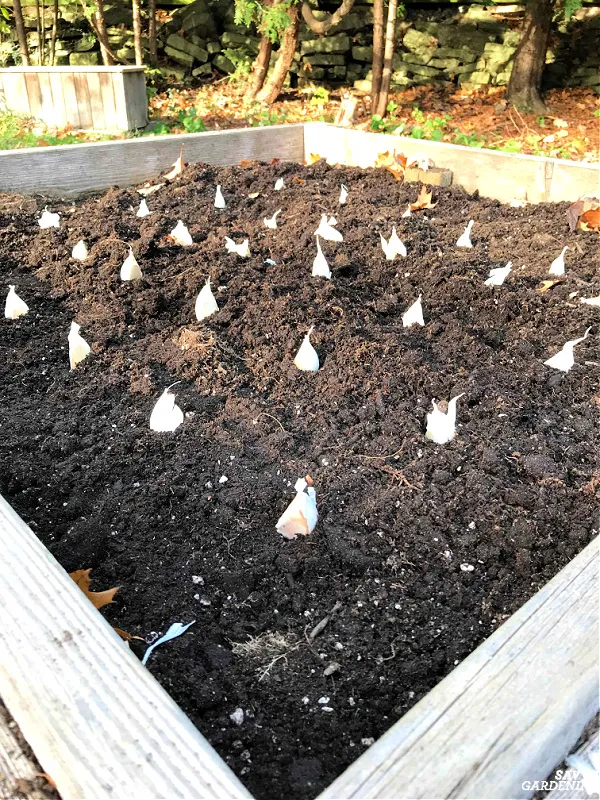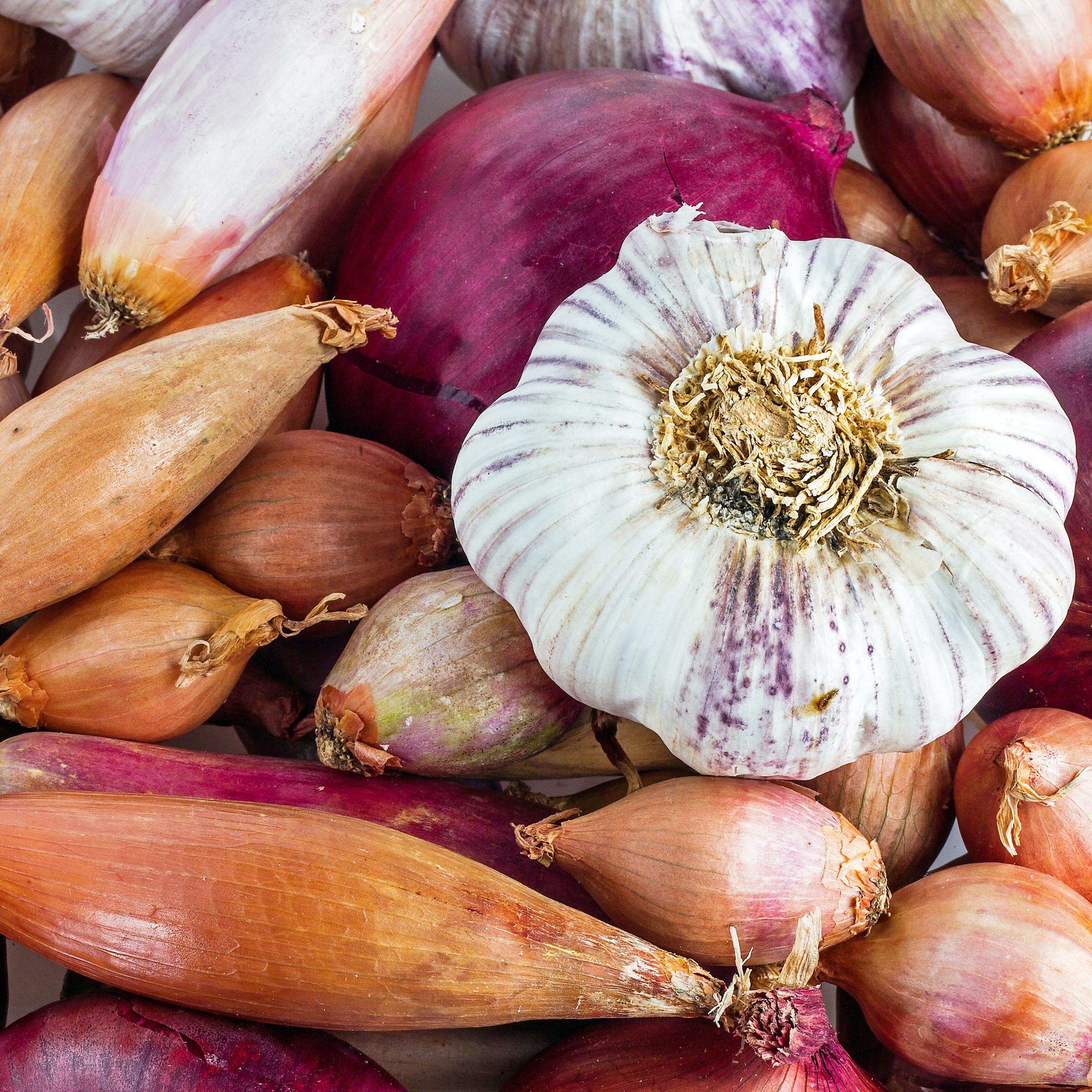Growing large onions and garlic can be a rewarding challenge. Not only do these supersized bulbs add an impressive touch to your garden, but they also come with a refined, milder flavor that stands out from their smaller counterparts. While standard-sized bulbs are perfectly fine for most kitchens, growing extra-large varieties is fun and can be surprisingly simple with the right approach. The secret to giant bulbs lies in selecting the right variety, proper timing, fertile soil, and giving your plants plenty of space.
Best Varieties for Giant Bulbs
Choosing the right variety is key to growing larger onions and garlic. While the specific varieties available will depend on your region, some names are strong indicators of size. Varieties like Champion, Giant, or Big are bred for size, and will help ensure you grow larger-than-average bulbs. One variety worth seeking out is Kelsae, which is known for producing large, globe-shaped onions. Start this one from seed in midwinter for the best results.
When it comes to garlic, elephant garlic stands out due to its massive, fist-sized bulbs. Despite its name, it’s actually more closely related to leeks than to traditional garlic. This variety has a mild taste and can be roasted whole with olive oil for a delicious, sweet accompaniment to many dishes.
Timing Is Everything
For large onions, it’s essential to start seeds in late winter. By starting early, your seedlings will be stronger and ready to grow vigorously once they’re planted outdoors. Grow the seeds in module trays, thinning them down to one per cell. Once the soil has warmed up in mid to late spring, plant them in the garden.
Alternatively, sets—small, immature bulbs—are a convenient option for growing onions. However, be cautious not to plant them too early. If the temperature is too cold at the start, the plant may “bolt” (flower prematurely), resulting in smaller bulbs. In temperate climates, you can plant sets from mid-spring, after the last frost.

Garlic, on the other hand, is typically planted in early autumn. Although little happens above ground during the winter, the roots are developing below the surface. This early root growth gives garlic a strong start in the spring. In colder climates, wait until spring to plant garlic, but ensure the soil is rich enough to help the plants catch up.
For garlic cloves (especially non-elephant varieties), it’s essential to select the largest cloves for planting. Larger cloves produce larger bulbs.
Spacing and Soil for Maximum Growth
Both onions and garlic need space to grow big. Plant them at least 6 inches apart, with 12 inches between rows. For elephant garlic, increase the spacing to around 12 inches in all directions. Planting too close together can restrict growth, resulting in smaller bulbs.
Rich, well-drained soil in full sunlight is essential for growing large bulbs. Add compost or well-decomposed manure to enrich the soil, and make sure it’s free of herbicide residues. For garlic that’s overwintered, add organic matter between the plants in the spring to provide extra nutrition as the leaves begin to grow.

In dry weather, make sure to water your plants regularly. Consistent moisture helps ensure strong growth, but avoid overwatering, which can lead to waterlogged soil. Weeds also compete for nutrients and moisture, so keep the area weed-free by removing them early, especially in spring.
Conclusion
Growing giant onions and garlic is a fun and satisfying challenge that, with the right preparation and care, can lead to impressive results. From selecting the right variety and timing to spacing your plants properly and enriching your soil, following these tips will help you cultivate supersized bulbs that are not only beautiful but delicious. If you have your own tips for growing giant onions or garlic, feel free to share them in the comments—let’s continue learning together!
